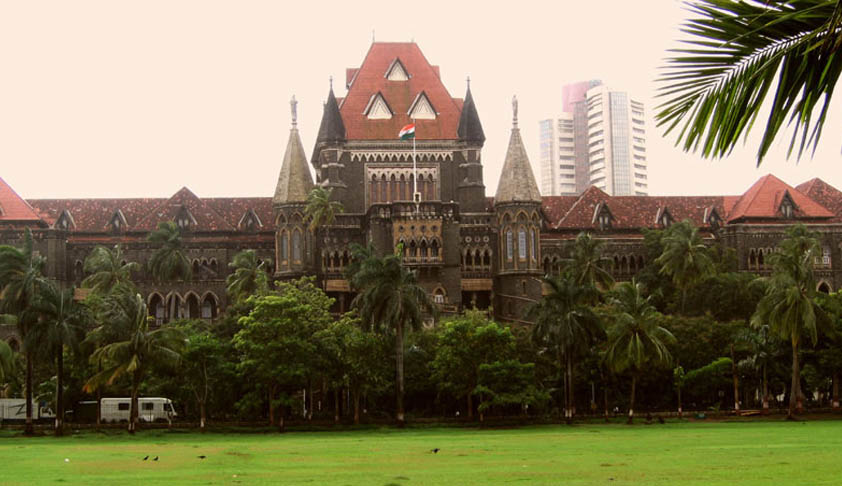Syllabus
GS2: Structure, organization and functioning of the Executive and the Judiciary
Context:
The Bombay High Court will get a new bench at Kolhapur district in western Maharashtra by invoking the powers under the States Reorganisation Act, 1956.
More on the News
- This will be the fourth Bench of Bombay High Court, and its sittings will commence from August 18, 2025.
- The new Bench is likely to have jurisdiction over six districts – Satara, Sangli, Solapur, Kolhapur, Ratnagiri and Sindhudurg (last two are located in the coastal Konkan region).
Bombay High Court
- It was inaugurated on 14th August 1862.
- It has jurisdiction over the states of Maharashtra and Goa, and the Union territories of Dadra & Nagar Haveli and Daman & Diu.
- At present, apart from the principal Bench in Mumbai, the high court has two more Benches, at Nagpur in eastern Maharashtra and Chhatrapati Sambhajinagar (earlier called Aurangabad) in the central region of the State. A third Bench of the High Court sits in the adjoining state of Goa.
- The Bombay HC is presently functioning with 66 judges, 50 permanent judges, and 16 additional judges.
- However, the sanctioned strength of the court is 94, which is the second largest in the country after the Allahabad High Court.
Procedure for Establishing a High Court Bench
Article 214 of the Indian Constitution: There shall be a High Court for each State.
Section 51(2) of the States Reorganisation Act, 1956: It empowers the President of India to, after consulting the Governor and Chief Justice of a new state, establish permanent benches of the High Court at various locations within the state, apart from its principal seat.
Proposal by the State Government: The State Government or legislature must make a proposal to establish a bench and forward it to centre. This proposal must include the State Government’s commitment to provide the necessary expenditure and infrastructural facilities for the bench.
Consent of the Chief Justice: The Chief Justice of the concerned High Court must provide their consent for the proposal, as they are responsible for the day-to-day administration of the court and its benches.
Jaswant Singh Commission
- In 1981, the Government of India appointed a three-member commission headed by Justice Jaswant Singh, a retired Judge of Supreme Court, to consider all aspects arising out of the demand for establishment of High Court Benches at centres different from the principal seat.
- It recommended broad principles and criteria to be followed such as pendency at the principal seat of the High Court, availability of infrastructure, availability of members of Bar as well as the legal talent etc.
Consent of the Governor: The Governor of the concerned State must also provide their consent to the proposal.
Review by the Government of India: Once a complete proposal is received with the consent of the State Government, the Chief Justice, and the Governor, it is considered by the Government of India.
Criteria for Consideration: The Government of India considers the proposal based on broad guidelines and criteria, such as those recommended by the Jaswant Singh Commission and judgment pronounced by the Apex Court.
- Taking into account aspects like accessibility, infrastructure, and geographical distribution of cases at the selected venue for bench.
- Need and feasibility of establishing a High Court bench at a particular location.

